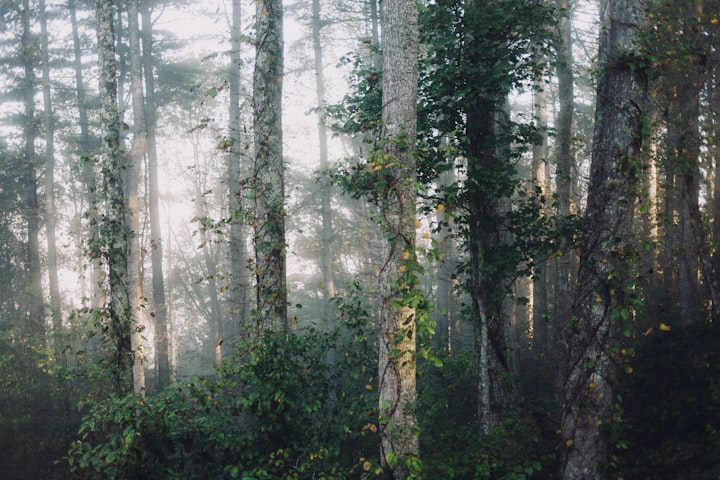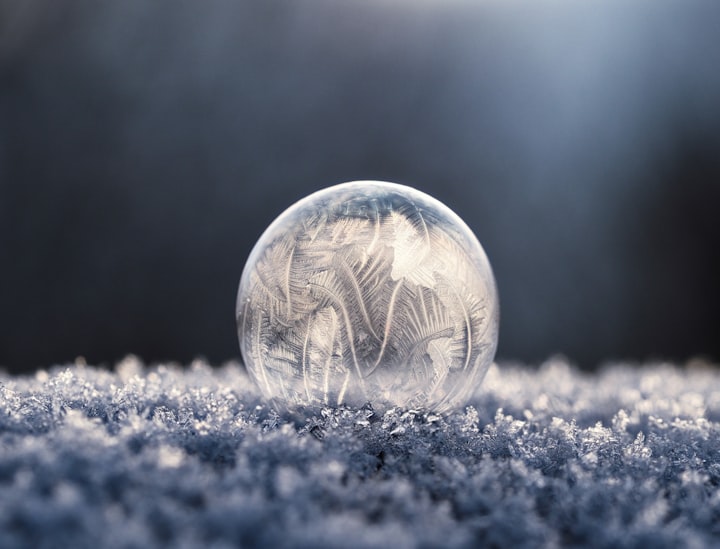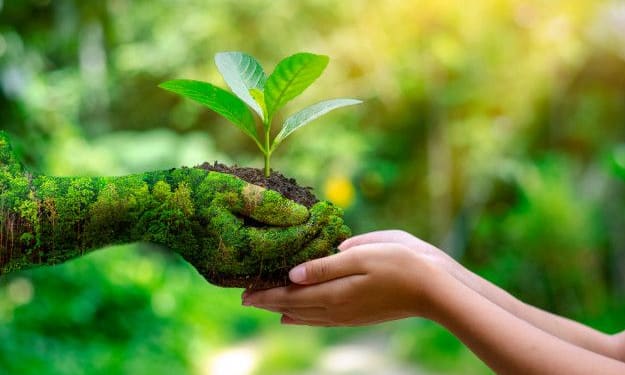Why is the koala slow all day long? Because it eats eucalyptus leaves
In fact, this answer is wrong
The magical eucalyptus tree
We all know that Australia is the kingdom of eucalyptus, which is the world of eucalyptus.
In fact, in addition to Australia, eucalyptus trees are also found in Papua New Guinea, which is close to Australia, and their distribution is limited to this area.

Eucalyptus is located in the genus Eucalyptus of the Myrtle family, which is a large plant group with 9 genera and 90 species in China, not to mention its strange name.
For example, the familiar guava and fragrant myrtle are also members of this family.
When it comes to eucalyptus, we have to mention a very famous animal, the koala, whose status in Australia is similar to that of the panda in China.
For a long time, there has been a misconception that koalas look dumb and cuddly, but they are poisoned.
Why is it poisoned? Because Australia only has eucalyptus trees, and they eat poisonous eucalyptus leaves, they are poisoned.
This statement is wrong! The koala is dull because it is inherently dull, and its ecological niche is similar to that of the South American sloth, which is slow-moving phytoplankton that does not need to move like a rabbit.
So, don't blame the eucalyptus for the koala's dullness.
Eucalyptus leaves are not poisonous, but it is Truth is indebted to eat.
Eucalyptus leaves contain condensed tanning, a substance found in many foods and a major source of sour and astringent taste, so eucalyptus leaves taste sour and astringent.
Phytoplankton animals are also picky about their taste, and they don't force themselves to eat so hard. Koalas are too weak to beat other animals and are forced to eat eucalyptus leaves.
And eucalyptus leaves are more cellulose and is very rough, to digest the fiber koala consume their energy, to save energy it reduces the activity.
After all, the koala has thrown its waste into the eucalyptus leaving a toxic body.
Eucalyptus secrete substances similar to rubber, in the encounter with carbon dioxide will generate ozone, this is indeed a bit toxic, but the ozone is very easy to decompose, not long after it does not exist.
It is very difficult to be poisoned by a eucalyptus tree unless you lock people and eucalyptus trees in a very confined space and smell them every day.
Introducing eucalyptus trees
The eucalyptus tree's home in Australia, is well known to everyone, so why are there many eucalyptus trees planted in our country, especially in the south?
This is because eucalyptus has 3 very outstanding advantages that make it an economic plant.
First, the eucalyptus has a straight trunk and a hard texture, which makes it a very good wood.
Secondly, eucalyptus grows quickly, up to 3 cm a day during the growing period, and can become timber in 5 years under natural conditions.
Later, the eucalyptus was improved and a new variety of eucalyptus was obtained, which grows 30% faster than ordinary eucalyptus.
The last thing is that eucalyptus is so adaptable that it can grow in all seasons, whether it is dry or wet.
This is why there are many stands of fast-growing eucalyptus in the southern region, and they even replaced native species for a time as the largest area of planted forest.
Eucalyptus is very useful, with its solid wood for furniture and high yield for virgin pulp paper.
According to the State Forestry Administration, as of 2018, the area planted with eucalyptus in China was 5.46 million hectares.
However, eucalyptus has brought economic benefits, but also disasters.

The eucalyptus disaster
I don't know when the southwestern region, which has always been known for its rainfall bounty, suffered a major drought, and in 2010, five southwestern provinces experienced successive droughts, one more serious than the other.
At this time, some forestry experts suggested that eucalyptus trees should be cut down! Is there any connection between eucalyptus and this drought?
Eucalyptus is a tree that lives in the interior of Australia. Due to the influence of the Great Dividing Range, the inland areas of Australia and the coast of Australia are simply two different things.
The inland is arid and has little rainfall, and is a mixture of the African Savannah and the Sahara. In this environment, the eucalyptus tree has been able to grow and become the bearer of Australia, so it has a few brushes.
According to fossil records, there were other tree species in Australia, but most of them became extinct, and only eucalyptus had the last laugh.
Farmers who planted eucalyptus trees in China also said that eucalyptus trees were particularly dominant and that after planting them, no other large trees could be planted within a few and even if they were cut down and other trees were planted on the original land, they would not survive.
At first, people thought that eucalyptus was poisonous and polluted the land, but it has been proven that eucalyptus is not poisonous, so why can other tree species be driven to extinction?
The reason is that eucalyptus trees are so absorbent that their roots penetrate deep into the soil, absorbing nitrogen, phosphorus, and potassium below two meters, and at the same time absorbing groundwater.
The land where eucalyptus trees are planted becomes so barren that it takes years to recover, and if eucalyptus trees are cut down and other trees are planted, most of them will be malnourished.
Look at the eucalyptus trees in Australia, they are low shrubs and grasses that live off the nutrients and water that the eucalyptus trees suck up.
In addition, eucalyptus trees suck up too much water, resulting in severe water loss from the soil, which reduces transpiration from the land.
Transpiration is part of nature's water cycle. The southern region receives a lot of precipitation, partly because of the humidity brought by the monsoon, and partly because of the abundance of both surface water and groundwater in the south, where surface transpiration is evident.
Eucalyptus alters the water content of the soil, which in turn alters transpiration, disrupting the water cycle in the southwestern region where it is planted and causing precipitation to fall.
About the Creator
Richard Shurwood
If you wish to succeed, you should use persistence as your good friend, experience as your reference, prudence as your brother and hope as your sentry.







Comments
There are no comments for this story
Be the first to respond and start the conversation.